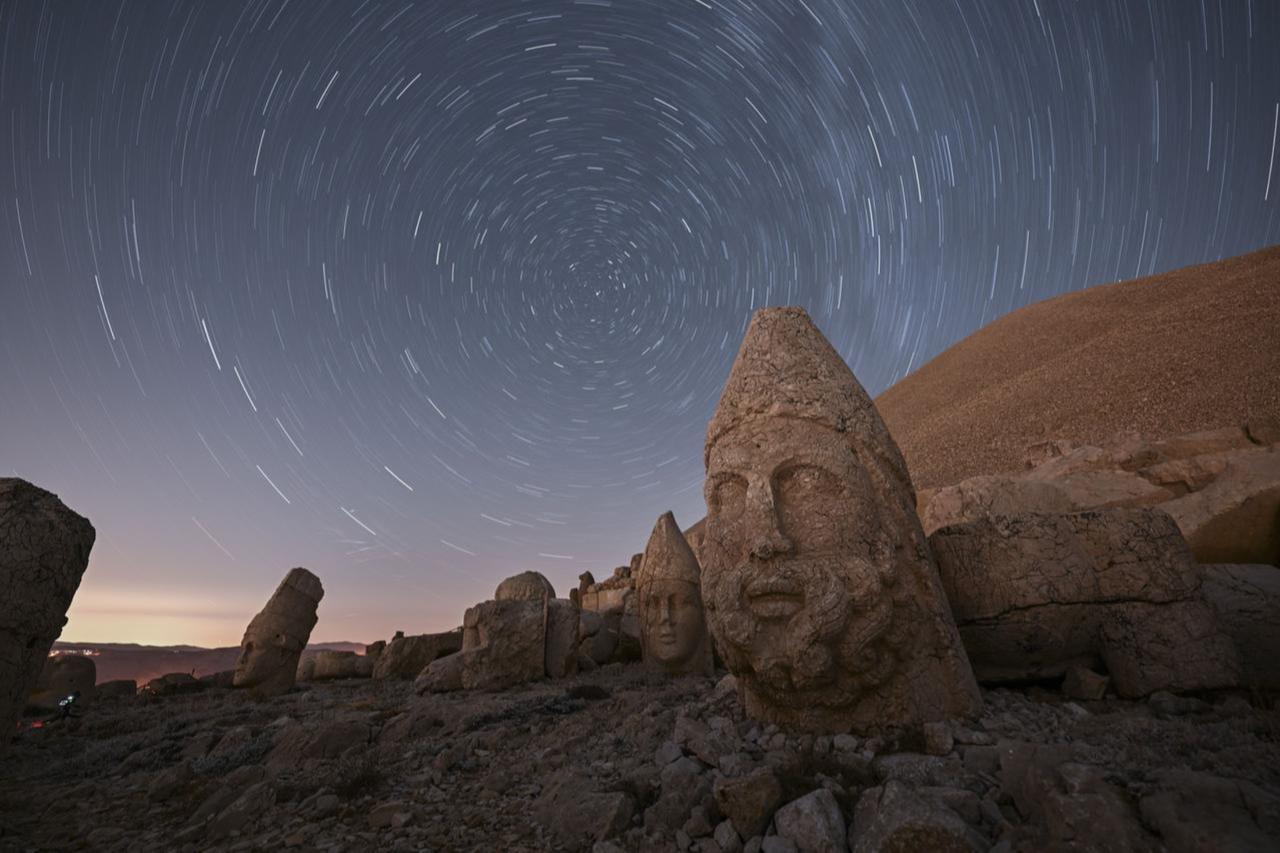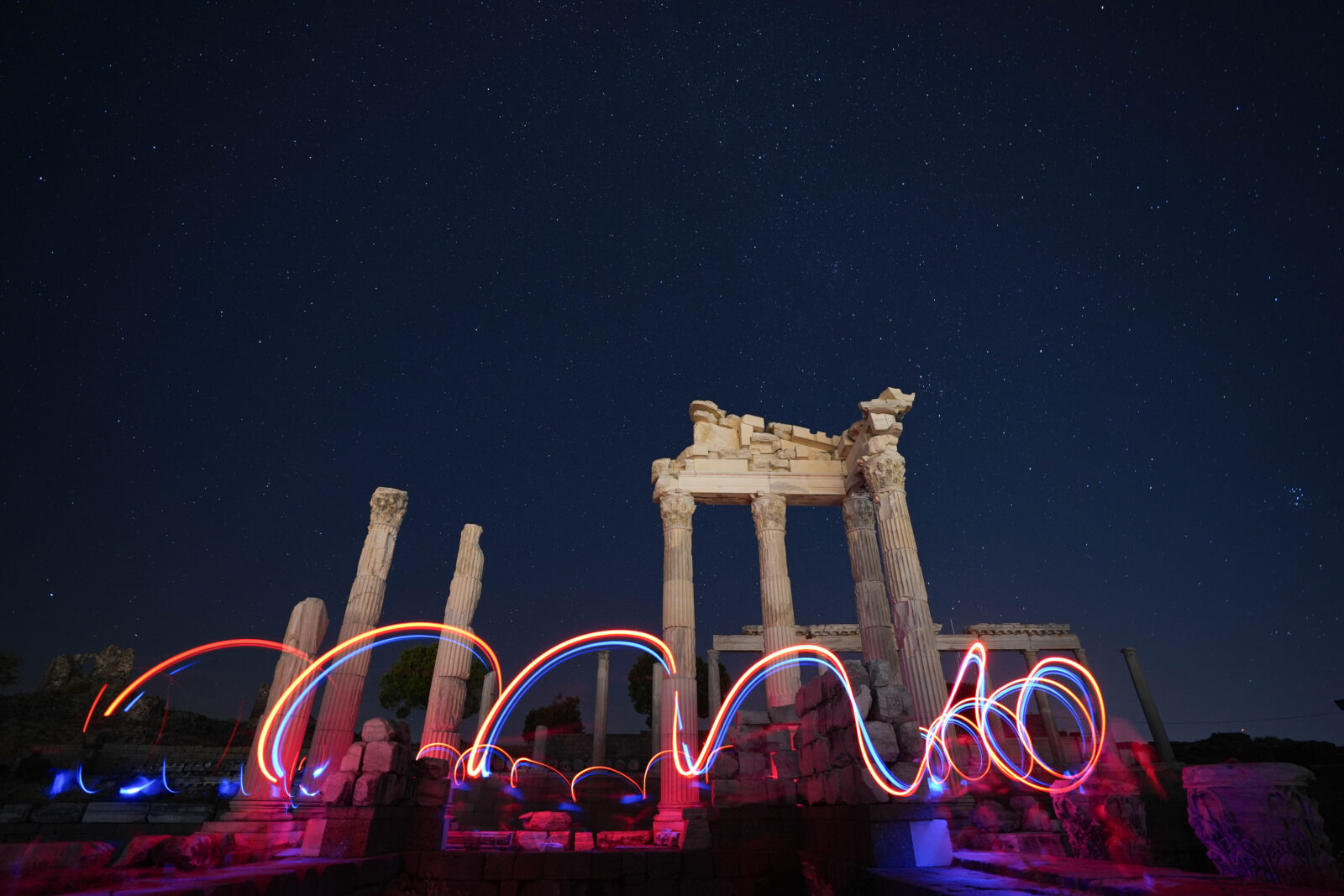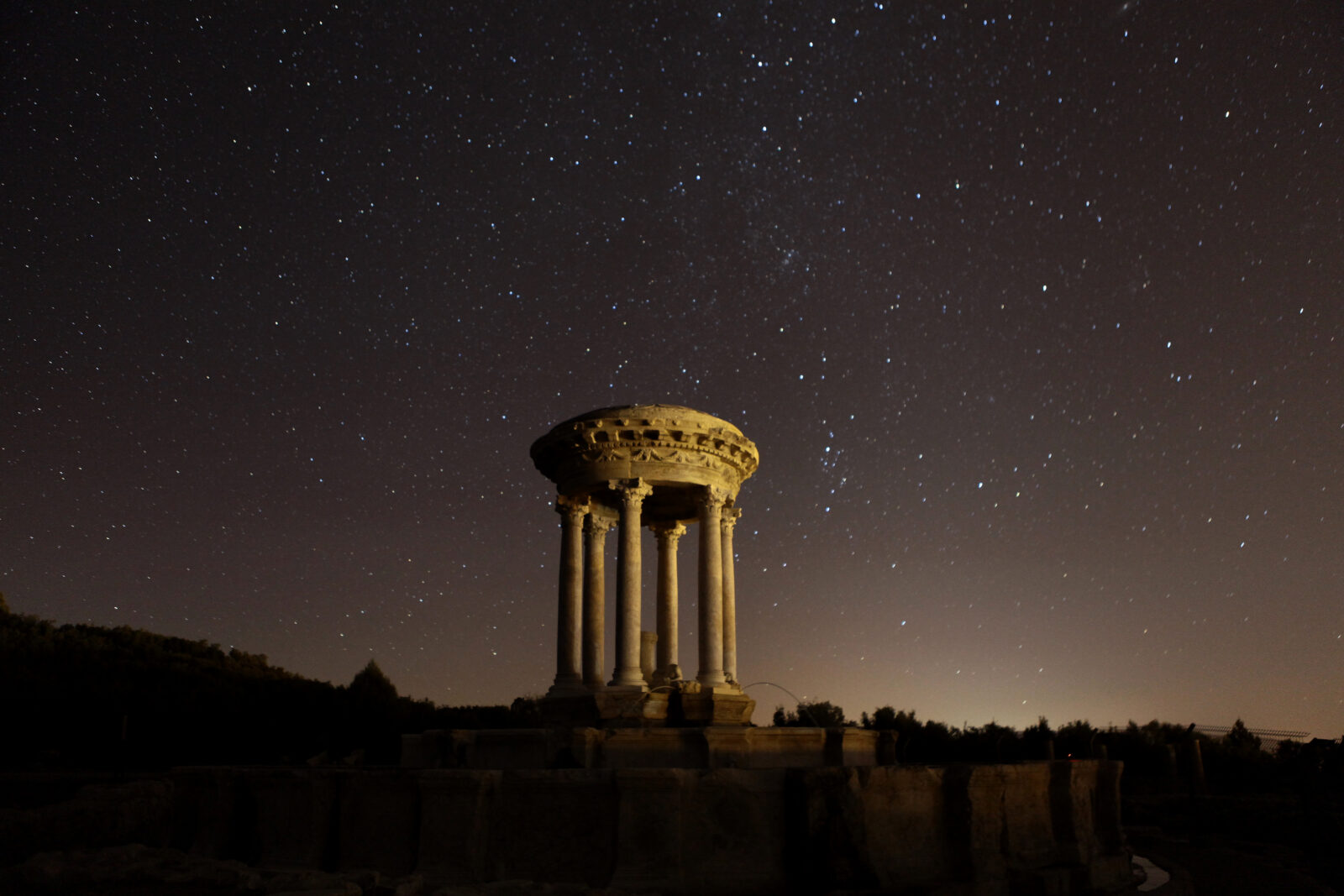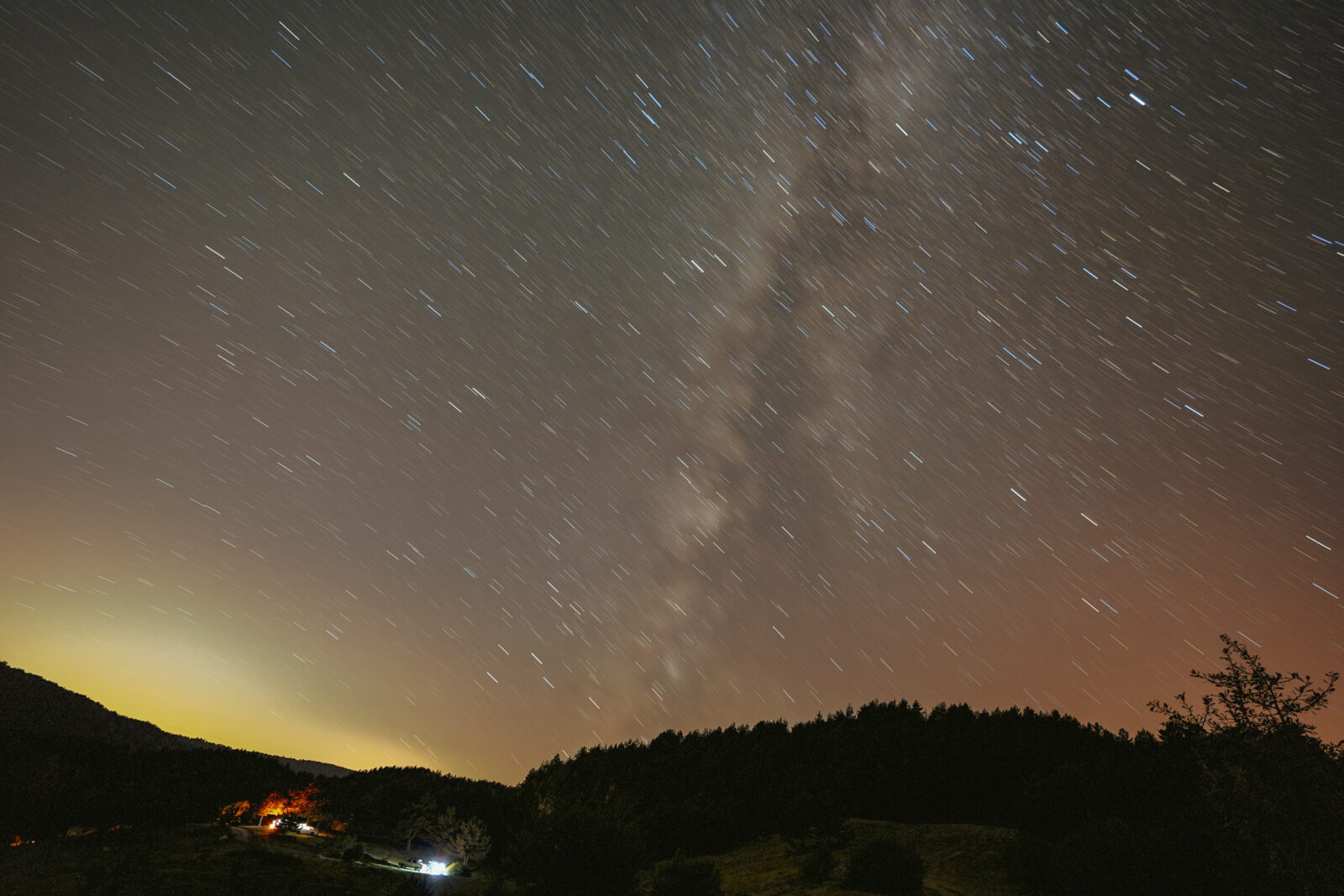
Each summer, the skies offer one of their most reliable natural displays, the Perseid meteor shower.
Known for its fast, colorful streaks of light and occasional fireballs, the shower is now active and expected to peak on the nights of August 11 and 12, 2025.
Although bright moonlight will limit visibility during the peak, skywatchers in Türkiye can still catch the Perseids before and after, especially in darker rural areas.

The Perseid meteor shower occurs each year when Earth crosses the dusty trail left by Comet Swift-Tuttle.
As fragments of rock and ice from the comet hit Earth’s atmosphere, they burn up and create visible flashes in the night sky. These flashes are what we call meteors, or “shooting stars.”
Most Perseids are no bigger than grains of sand, but they travel at around 133,200 miles per hour (214,000 kilometers per hour).
When they hit the atmosphere, they heat the air in front of them to over 3,000 degrees Fahrenheit (1,650 degrees Celsius), causing them to glow and sometimes leave bright, colorful trails. These meteors usually appear about 60 miles above the ground.
The name "Perseid" comes from the constellation Perseus. That’s the area in the sky where the meteors appear to originate from, although they can be seen all over the sky.

The Perseids are one of the most popular and consistent meteor showers of the year.
Under ideal conditions, viewers can see up to 100 meteors per hour during the peak. These meteors are known for their brightness, color, and frequency, making them ideal for casual viewers and amateur astronomers.
They are also tied to ancient myths and cultural traditions. In Greek mythology, the Perseids are associated with the hero Perseus. In Catholic tradition, they are known as the "tears of St. Lawrence," because they appear around the saint’s feast day on August 10.

In 2025, the Perseid meteor shower is active from July 14 to September 1. The predicted peak is the night of August 11 into the early hours of August 12. Some activity is also expected on August 13.
However, this year’s full moon occurs on August 9, just days before the peak. A waning gibbous moon will remain bright during the peak viewing hours and may wash out fainter meteors.
Because of this, astronomers suggest watching in the days before the full moon, especially between July 30 and August 5, when the sky will be darker.
According to EarthSky and NASA, the best viewing time is between midnight and dawn, when the Perseus constellation is higher in the sky. Viewers may also see stray meteors from other showers like the Southern Delta Aquariids, which are active in late July.

You do not need a telescope or binoculars to watch a meteor shower.
In fact, these tools can limit your view. All you need is a dark, open sky, a clear forecast, and a bit of patience.
Even during the moonlit peak, bright meteors may still be visible. You can try blocking the moon with a tree or building or stand in a shaded area like beside a barn or house.

Türkiye offers many excellent locations for meteor watching, especially in regions with minimal light pollution.
Here are some suggested spots:
Remember to check the local weather forecast and moonrise times for your chosen location. The darker and clearer the night, the better the view.
The Perseid meteor shower has already begun and will peak in Türkiye between August 11 and 13.
Despite moonlight interfering with the peak, skywatchers can still enjoy the show in early August and after mid-month.
No special tools are needed; just find a dark, quiet place, lean back, and watch the sky.